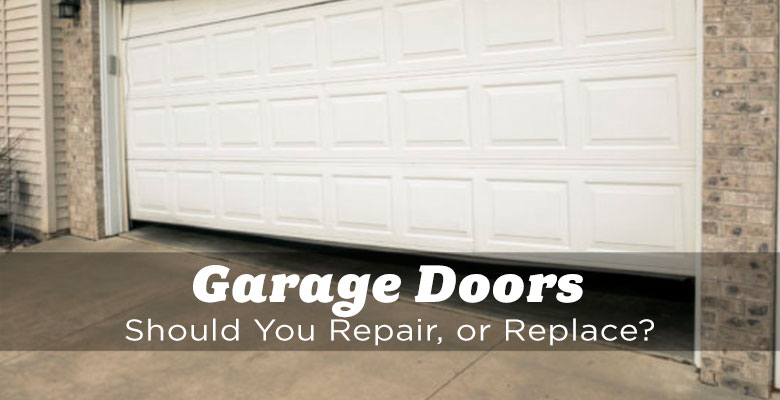
- Garage door won’t open This is probably caused by a malfunctioning garage door opener which can be easily fixed by applying a generous amount of lubricant to the full length of a chain-operated opener.
- Unsightly cracks and rust For cracks and gaps, use waterproof sealant to caulk them. Removing rust, on the other hand, requires more work. Clean the rusted area first with dishwashing soap. Soak a cloth with vinegar then rub it vigorously on the rusted area. Vinegar naturally dissolves rust.
- Annoying, squeaky sound Apply a generous amount of lubricant directly on the part where you hear a grinding, squeaky sound.
- Garage door remote is not working Try changing the batteries first. If that doesn’t fix the problem, refer to the user manual to reprogram the remote.
- Garage door doesn’t close properly If you find that your garage door doesn’t seal all the way to the bottom, use pipe insulation and secure it under the area where it doesn’t seal completely.
- Annoying, squeaking, rattling, grinding sound that does not go away despite lubricating the noisy part.
- Major cracks, gaps, scratches, and rust on the garage door.
- The garage door’s locking mechanism is not working.
- The garage door is falling heavily when closing.
- Garage door continues to close and is not auto-reversing when objects are underneath.
 To help you find the best garage door that suits your house, and has the right functionality that you need, here’s a list of things to consider:
To help you find the best garage door that suits your house, and has the right functionality that you need, here’s a list of things to consider:
- When deciding on the style and design of your new garage door, you should consider first how it looks along with the rest of the house—architecture wise.
- Choose a garage door material that complements the look of your house. Wood, steel, and glass garage doors enhances the look of rustic-themed houses. Same goes with modern, contemporary houses. Wood and glass garage doors fit the distinctive style of Mediterranean homes very well. Carriage garage doors, on the other hand, blends well with Victorian-inspired houses. You can use a Design Centre to visualize the look of your house with various garage door options like style, color, windows, and hardware.
- Determine if you need a garage door with high insulation value. Typically, if your house is located in an area where weather varies extremely, you’d want a garage door that has a an R-value rating of at least 11, with R-14 being the ideal level. An insulated door can help maintain the internal temperature of the garage which in return, can potentially lower down your energy costs as well.
- If your garage is located near a bedroom, opt for a quiet, smooth-operating garage door opener.
- Look for added security features like keyless entry that generates a new code on each press and advanced garage opener features that operates properly even with frequency interference.
 If you have plans on selling your house in the future, you should invest on smaller projects like a new garage door, sidings, and improved roofing and plumbing, instead of spending thousands of dollars on big renovations that pay off little. Don’t overdo it; upgrade wisely.
Image Credits: Wayne Dalton | NationServe
Author Bio
This post is written by Jane Dizon in collaboration with Creative Door. She is a business, lifestyle, health, fitness, and nutrition writer. She is a nurse by profession and a writer by passion. She has a soft spot for macadamia chocolate and green tea, an internet savvy who loves Excel sheets and sticky notes.
Posted by Liv Real Estate
on
If you have plans on selling your house in the future, you should invest on smaller projects like a new garage door, sidings, and improved roofing and plumbing, instead of spending thousands of dollars on big renovations that pay off little. Don’t overdo it; upgrade wisely.
Image Credits: Wayne Dalton | NationServe
Author Bio
This post is written by Jane Dizon in collaboration with Creative Door. She is a business, lifestyle, health, fitness, and nutrition writer. She is a nurse by profession and a writer by passion. She has a soft spot for macadamia chocolate and green tea, an internet savvy who loves Excel sheets and sticky notes.
Posted by Liv Real Estate
on

Leave A Comment